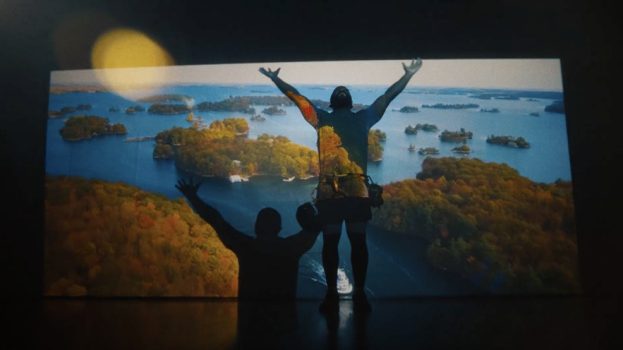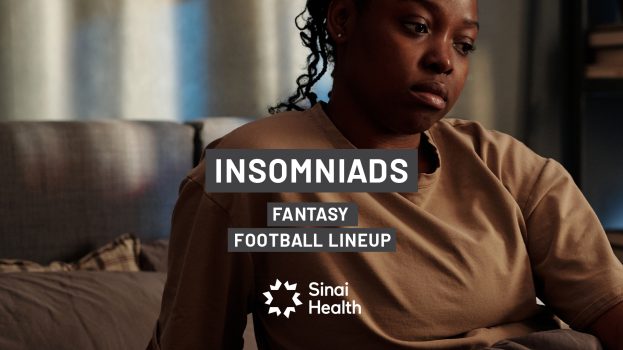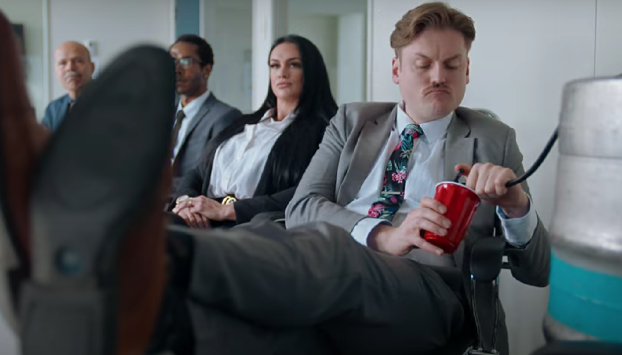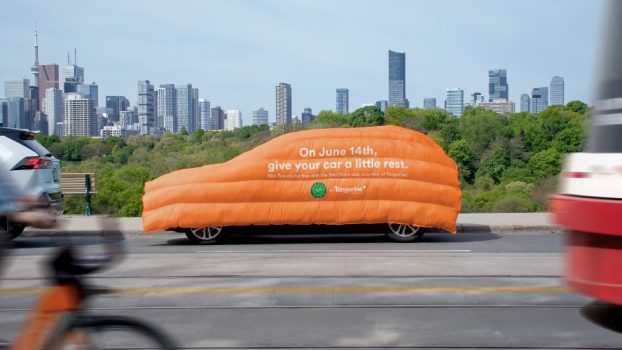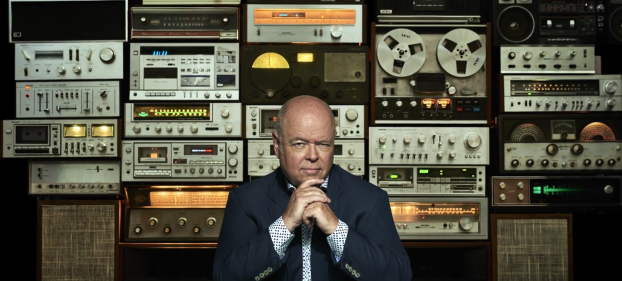Ghosts, vampires and witches won’t be the only monsters appearing this Halloween.
IKEA just launched a new ad featuring an animated “stuff monster” with lamps for eyeballs and a body made of boxes, side tables and other IKEA “stuff” often destined for the dumpster when deemed no longer useful to its owner. In the ad, the creature becomes happier as it hands out pieces of itself to people, who then give them a second life. It ends with the revelation that the “monster” is really a woman leaving a box full of items by the curb next to a “free” sign.
https://youtu.be/6IlkvTuifYk
The campaign, handled by the retailer’s Canadian AOR Rethink, includes TV and OOH and will run through the end of October.
Rethink creative director Dhaval Bhatt says the agency team found inspiration in the idea that “we feel weighed down by all of our stuff,” as well as IKEA’s belief in circularity and sustainability. “We were talking about how it can sometimes feel like you’re walking around carrying the weight of all your stuff with you, like a monster made of stuff, and there it was.”
“With ‘Monster,’ we continue our circular story,” says Melissa Mirowski, sustainability manager at IKEA Canada. “Through this spot we want to encourage Canadian consumers to think differently about the way they waste. Decluttering can be liberating, but finding a product a new home feels even better.”
IKEA launched “Lamp 2,” the first spot encouraging customers to reuse their wares, around this time last year. The video featured elements of its classic “Lamp” commercial from 2002, repurposed and given a second life (like the lamp in the spot, which had previously been destined for the trash). Last November, ahead of the one of the holiday shopping season, it unveiled “Magic Man,” reiterating how old items can, with a little creativity, become magical gifts.
The retailer has recently made communicating its sustainability message a priority, Mirowski notes. In January, IKEA launched a sell-back program enabling customers to exchange their gently-used IKEA products for store credit, with the retailer then giving the products a second life through resale or donation. To date, it has received 23,000 submissions, exceeding company expectations. Then, in May, it announced its decision to stop selling plastic straws as part of its commitment to eliminate single-use plastics by next year. The retailer hopes to achieve zero-emission home delivery by 2025.
Mirowski says becoming a “fully circular business” by 2030, as outlined in its People+Planet strategy, requires “transforming the current linear business model and designing products with re-use, repair, repurposing and recycling in mind from the beginning.”
While this year’s effort was not inspired by Halloween, according to the agency and brand, last year IKEA used the event as another occasion to promote its sustainability message. It purchased ones of its own couches from a man on Craigslist who claimed it was haunted and giving him nightmares. After featuring the “Spooky Couch” in a social campaign, IKEA said it would assess its condition, and like the other products brought into its recycling program, determine whether it should be donated, re-sold or recycled.


